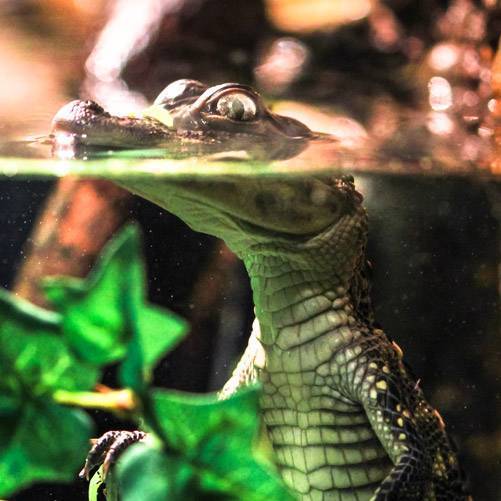The oceans and seas are home to hundreds of different fish species. Each species maintains the balance of the underwater ecosystem with its unique characteristics and way of life. They range from small, colorful reef fish to enormous sharks. Fish are the most important part of the underwater world; some feed on plants, while others are notable for their carnivorous behavior. Among these carnivorous predators, the lionfish (Pterois volitans), one of the most remarkable members of the reefs, stands out both for its beauty and its dangerous nature.
What You Should Know About Lionfish
Lionfish dazzle with their distinctive red, white and brown stripes. Their striking appearance blends perfectly with the colorful and complex structure of the reefs. But behind this elegant exterior are powerful and poisonous spines. Lionfish use these spines to protect themselves from predators and as an effective weapon during hunting.
Where does the lionfish live?
Usually found in tropical regions of the Indian and Pacific Oceans, lionfish prefer to live in coral reefs, rocky areas and lagoons. In recent years, their spread as an invasive species in the Atlantic Ocean has brought to the fore their impact on the ecosystem and the need for population control.
What does the lionfish eat?
Lionfish have a carnivorous diet, feeding mainly on small fish, crustaceans and other aquatic organisms. Their hunting strategies include waiting in ambush and catching their prey with a quick strike. Their long spines and ability to move quickly allow them to easily neutralize their prey.
How does the lionfish reproduce?
Lionfish reproduce by external fertilization and during the breeding period the female lionfish can lay hundreds of eggs. The eggs are fertilized near the surface of the water and larvae hatch shortly afterwards. These larvae feed on plankton and live in sheltered areas of the reef until they grow into adults.
Is Lionfish Dangerous?
Yes, the lionfish is dangerous. Long, poisonous spines on its body protect it from potential predators. If the sting of these spines pierces a human or other living creature, it produces a painful and poisonous effect. The venom is not usually life-threatening to humans, but it can cause severe pain, swelling and in some cases more severe symptoms. For this reason, lionfish are a species to be respected by divers and underwater enthusiasts.
Distinctive Features
Lionfish are easily distinguished from other sea creatures by their long spiny fins and bold patterns. Their bodies are covered in red, brown and white stripes, and these colors provide excellent camouflage in complex habitats such as coral reefs. The lionfish’s slow and graceful swimming makes it visible in its environment. They can also easily catch their prey thanks to their powerful jaws and flexible mouth structure.
Lion Fish at Emaar Aquarium
Emaar Aquarium and Underwater Zoo in Istanbul offers visitors the opportunity to see this graceful and dangerous marine predator up close. At the aquarium, you can observe the natural behavior of the lionfish and better understand how this unique species lives and its role in the ecosystem.




